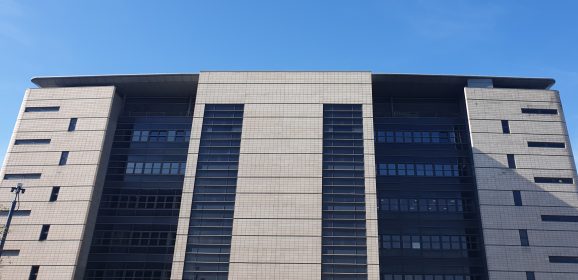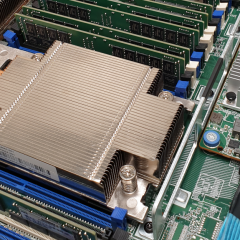Formatting Partitions using “FORMAT” (FAT32)
KB ID 0000083 Problem Before starting the hard drive must be formatted, refer to the PARTITIONING section for more details. You CAN format a partition that is ALLREADY formatted to “wipe it clean”. WARNING: Formatting a Partition that contains information will DESTROY that information. This section deals with FAT32 formatting, this is required for operating systems like Windows 95/98/ME but can also be used by Windows 2000...
Removing Multiple Partitions from your Hard Drive Using FDISK
KB ID 0000082 Problem This section assumes you have multiple partitions, and goes through the steps needed to remove them using FDISK WARNING: Removing partitions DESTROYS all the data in those partitions, make sure you have a backup of your important information. For this example the hard drive in question has a PRIMARY partition (approx 2Gb) and two LOGICAL DRIVES (each approx 1Gb) if I’ve just confused the hell out of you...
Creating Multiple Partitions from your Hard Drive Using FDISK
KB ID 0000081 Problem This section assumes you want multiple partitions, and goes through the steps needed to create them using FDISK. For this example the hard drive in question will have a PRIMARY partition (approx 2Gb) and two LOGICAL DRIVES (each approx 1Gb) if I’ve just confused the hell out of you CLICK HERE Solution Creating Partitions 1. First ensure you have a windows 98SE Bootdisk, you can download one, CLICK HERE 2....
Deleting Simple Partitions on your Hard Drive Using FDISK
KB ID 0000080 Problem You want to remove the partitions form your carved up hard drive. Solution Deleting a Partition 1. First ensure you have a windows 98SE Bootdisk, you can download one, CLICK HERE 2. Boot the PC with your boot disk, ENSURE the boot order is set in the BIOS to boot from the floppy disk BEFORE the hard drive 3.To launch FDISK simply type fdisk {enter} at the command prompt, when the program launches press the Y key...
Simple Partitioning of your Hard Drive Using FDISK
KB ID 0000079 Problem You want to carve up the space on your hard drive. Solution Creating a Partition 1. First ensure you have a windows 98SE Bootdisk, you can download one, CLICK HERE 2. Boot the PC with your boot disk, ENSURE the boot order is set in the BIOS to boot from the floppy disk BEFORE the hard drive 3.To launch FDISK simply type fdisk {enter} at the command prompt, when the program launches press the Y key and {enter} to...
Hard Drive Partitioning
KB ID 0000078 Problem This page deals with “Simple Partitioning” though reference will be made to how newer operating systems use partions. Common Misconceptions “All Partiions have a drive letter” NO “All drive letters are a separate partition” NO Solution OK then! Take a hard drive, I will show it below as a “large block of space” If you are only going to have one partition and its...
Cannot Format a SDHC Card to NTFS
KB ID 0000187 Problem I had a 16 GB SDHC card, and windows would format it to FAT but not NTFS, this is how to cure the problem. Solution Option 1 Download this and use it to format the drive. Option 2 1. Click Start > In the Search/Run Box type devmgmt.msc > Device Manager will open 2. Navigate to your SC Card reader > Right Click > Properties > Policies > Select Better Performance > OK > Reboot the PC >...
Freecom Tough Drive – Remove Password and CD Drive
KB ID 0000403 Problem I’m a big fan of Tough Drives! My old 260GB was getting a bit full – so I bit the bullet and replaced it with a shiny new Tough Drive Sport 750GB. As it comes with password protection I turned this on – fast forward to the next day (this morning) and it’s bugging the hell out of me. I mailed the nice folk at Freecom and within twenty minutes they mailed me back with instructions to...








